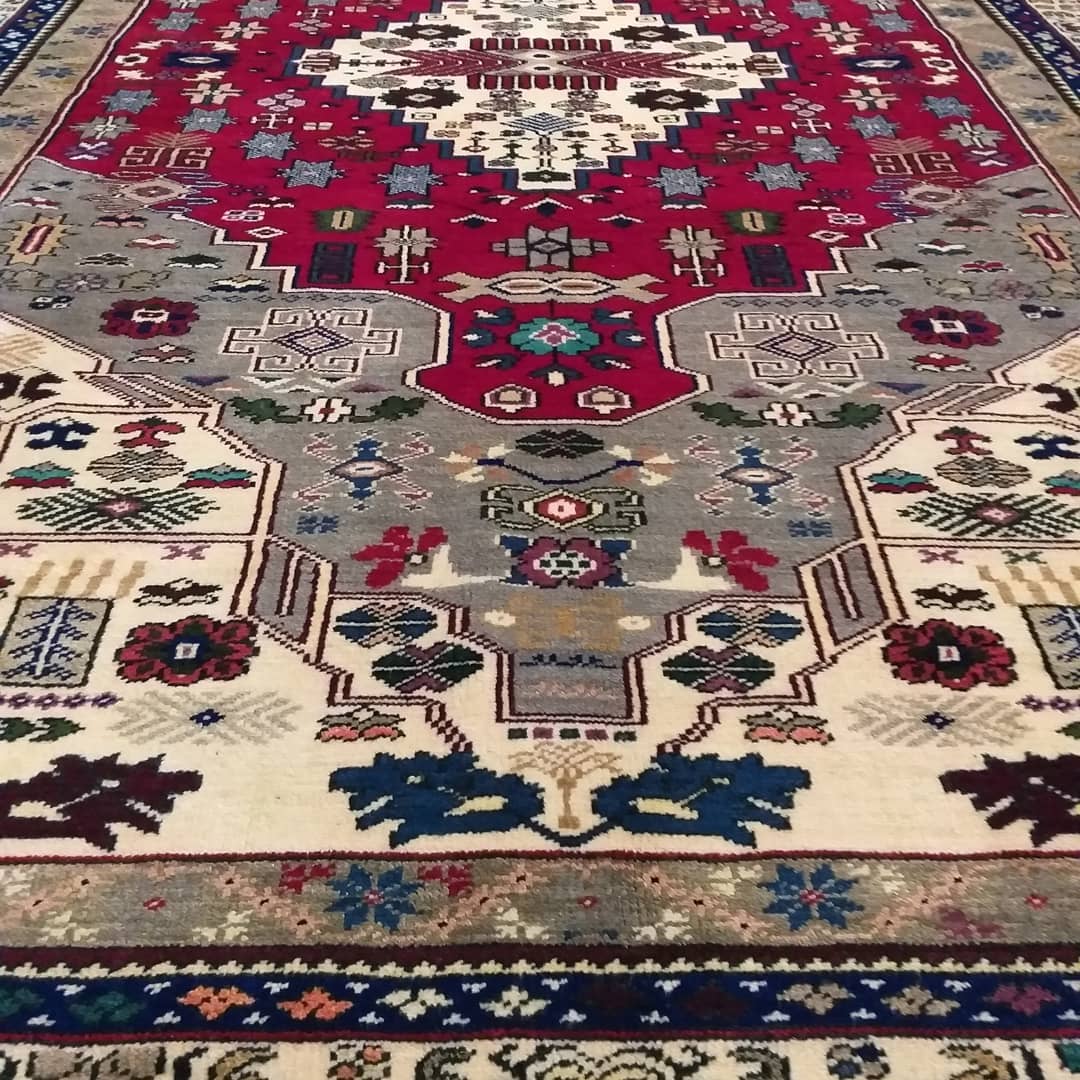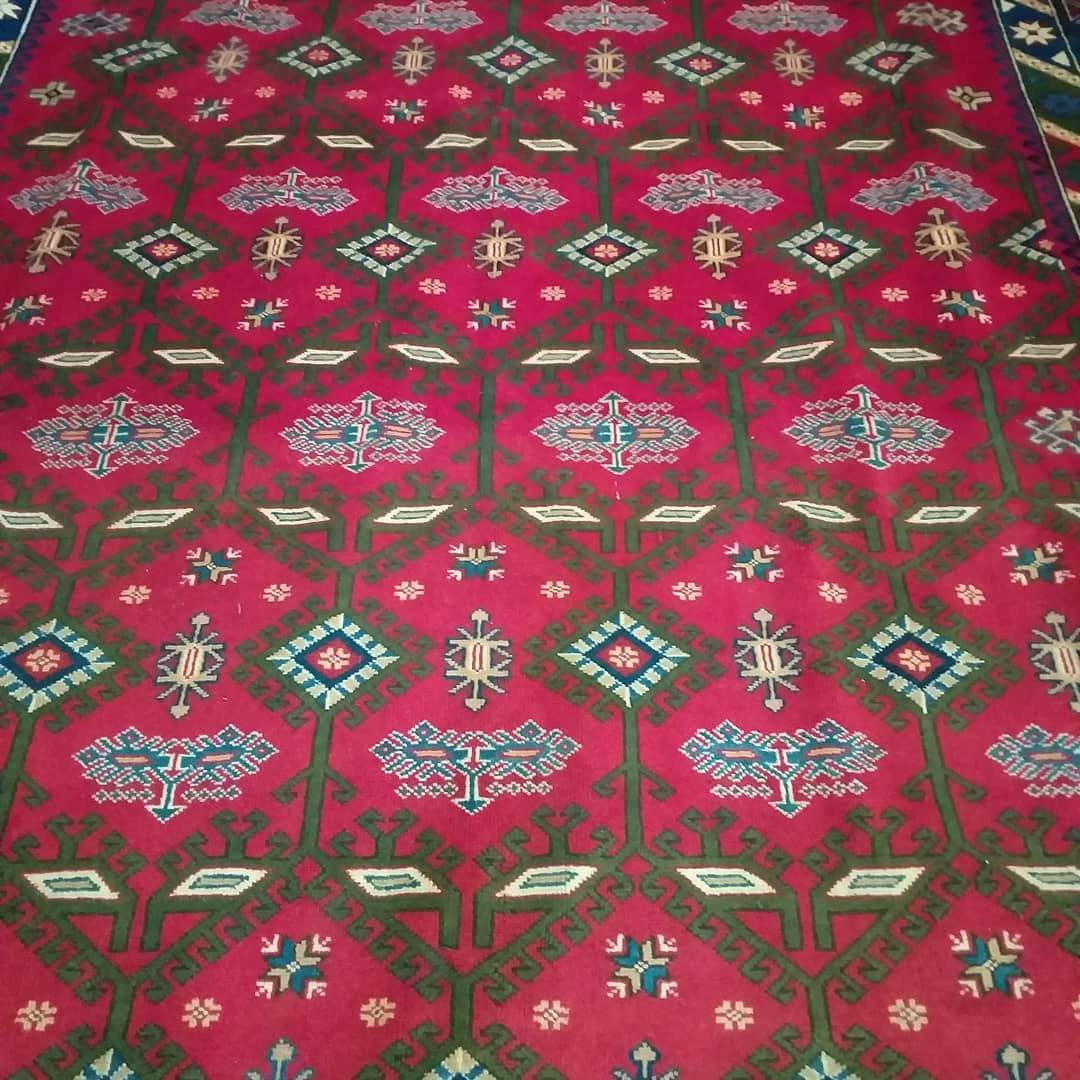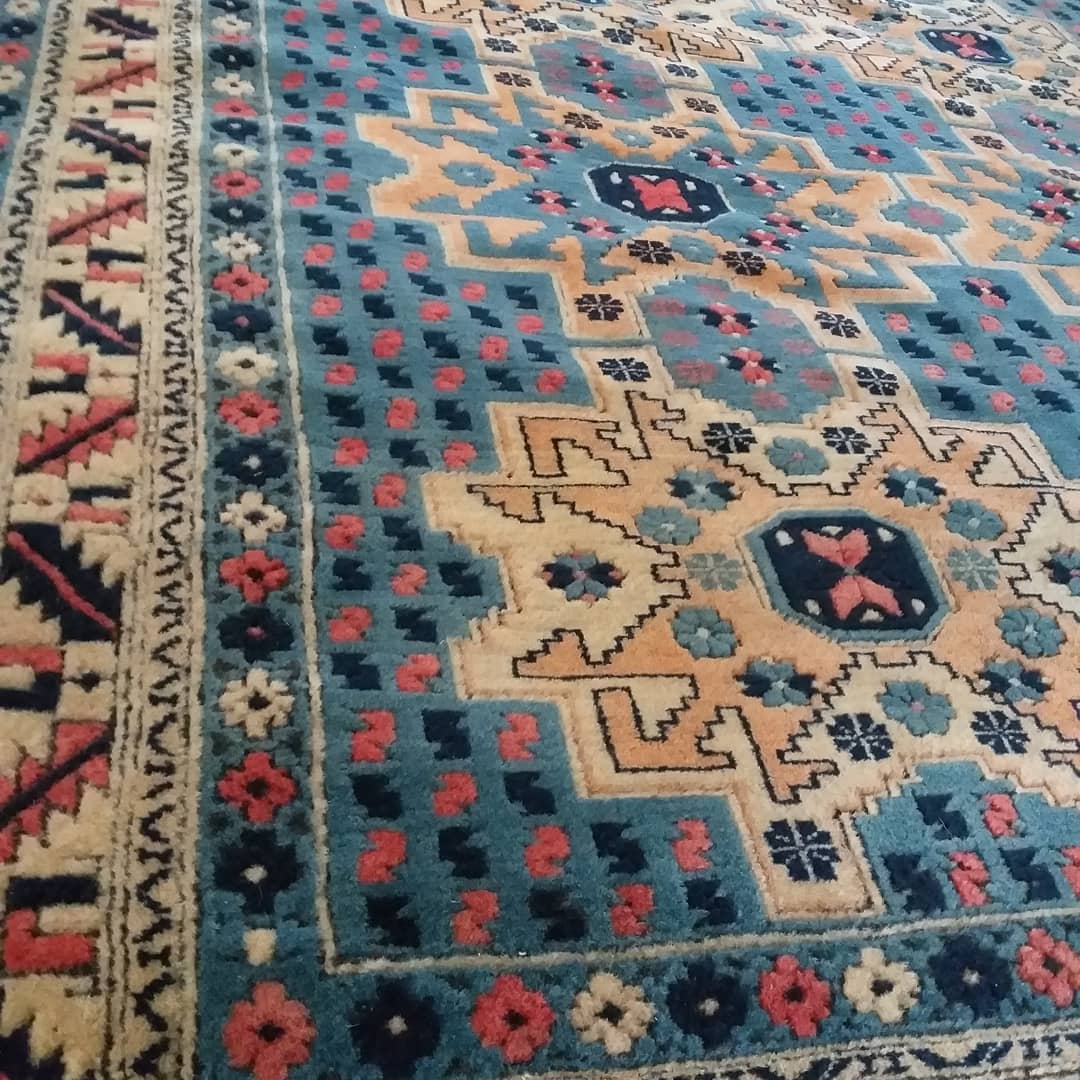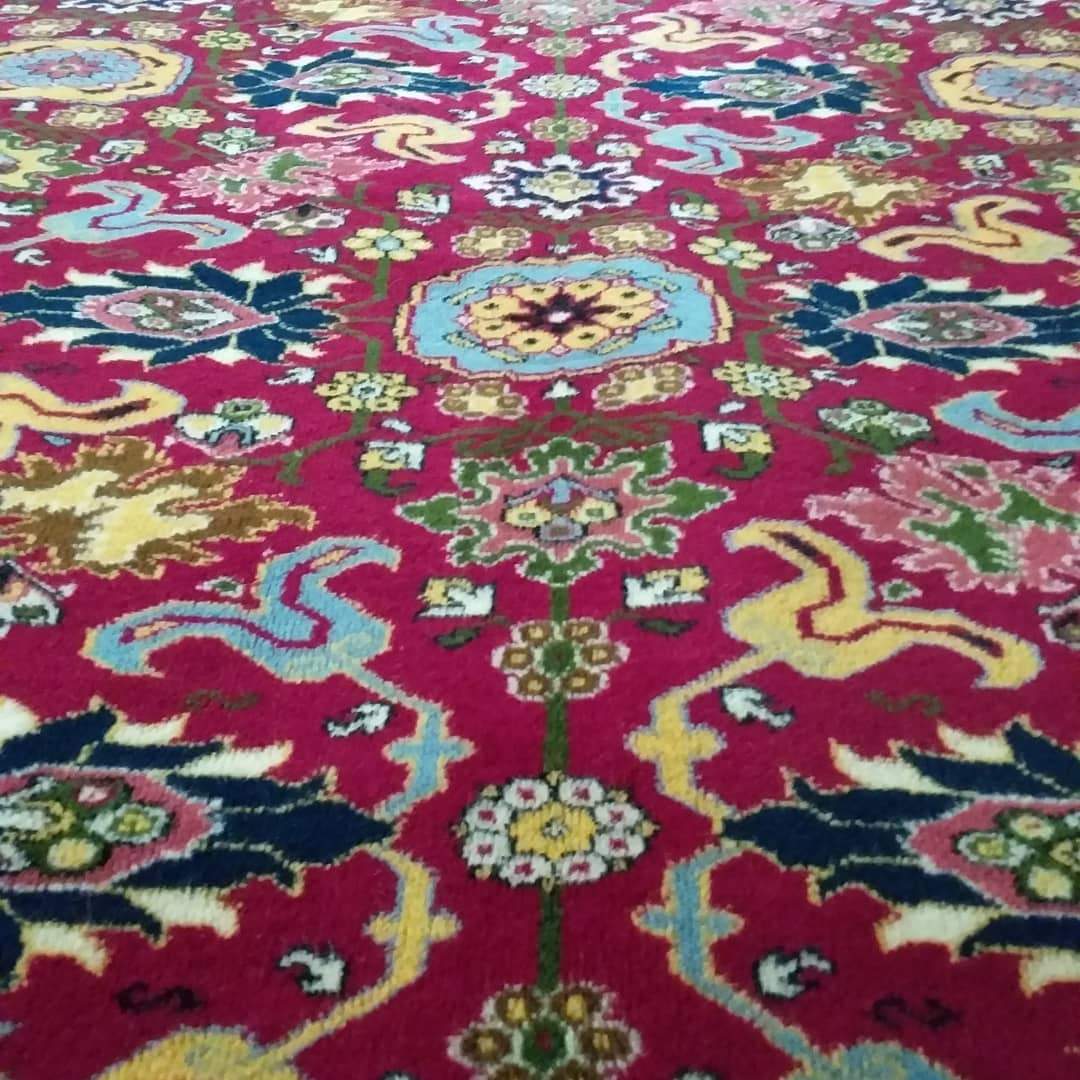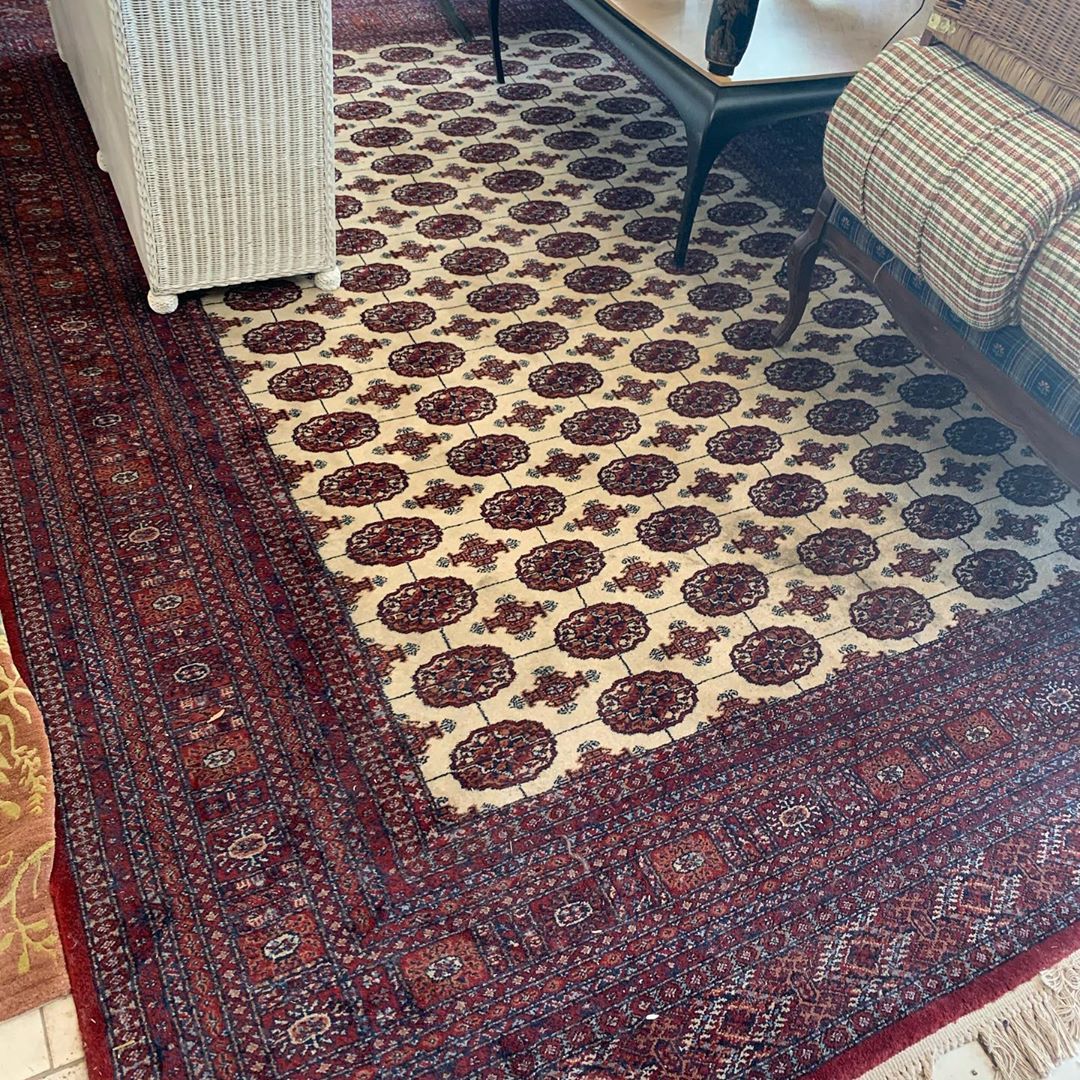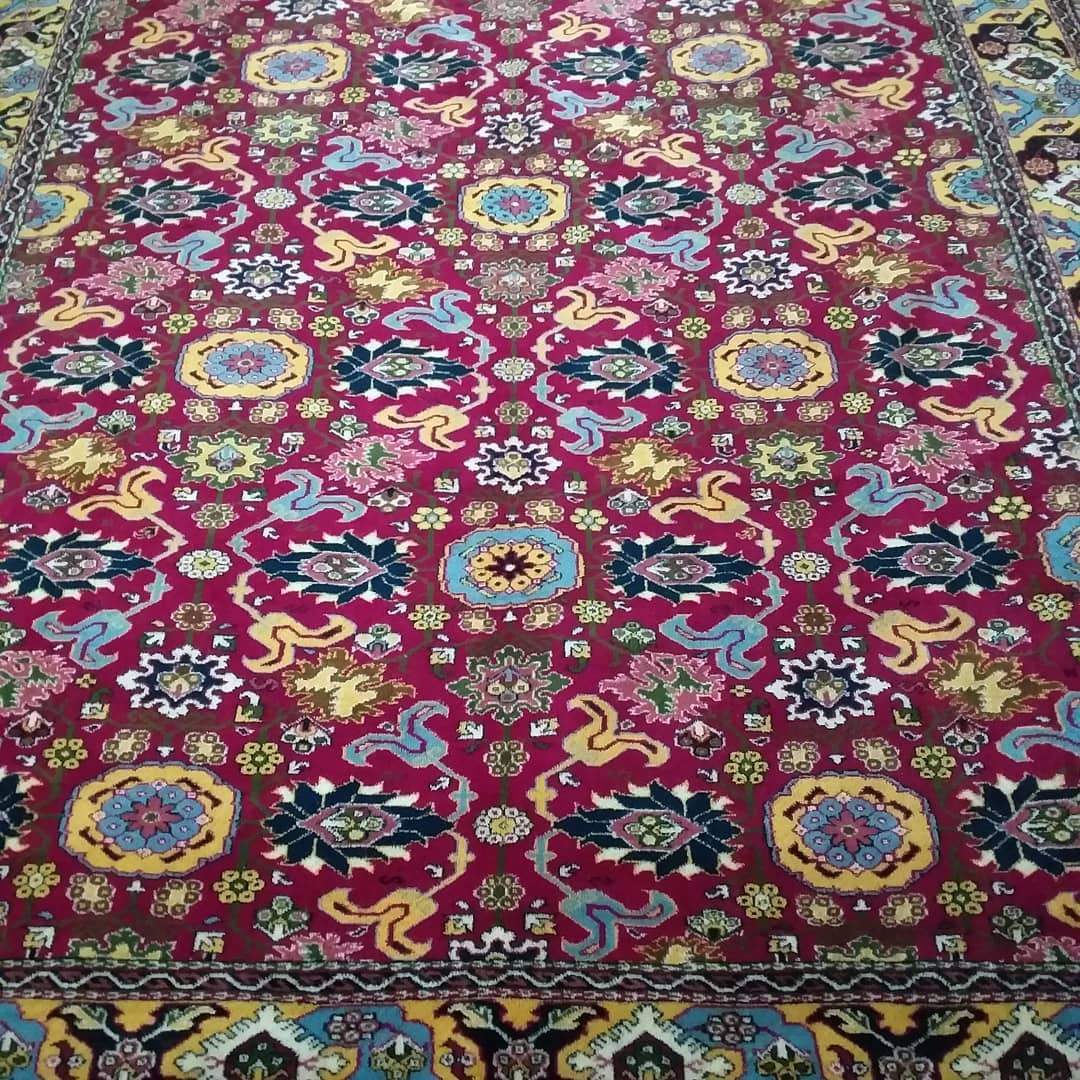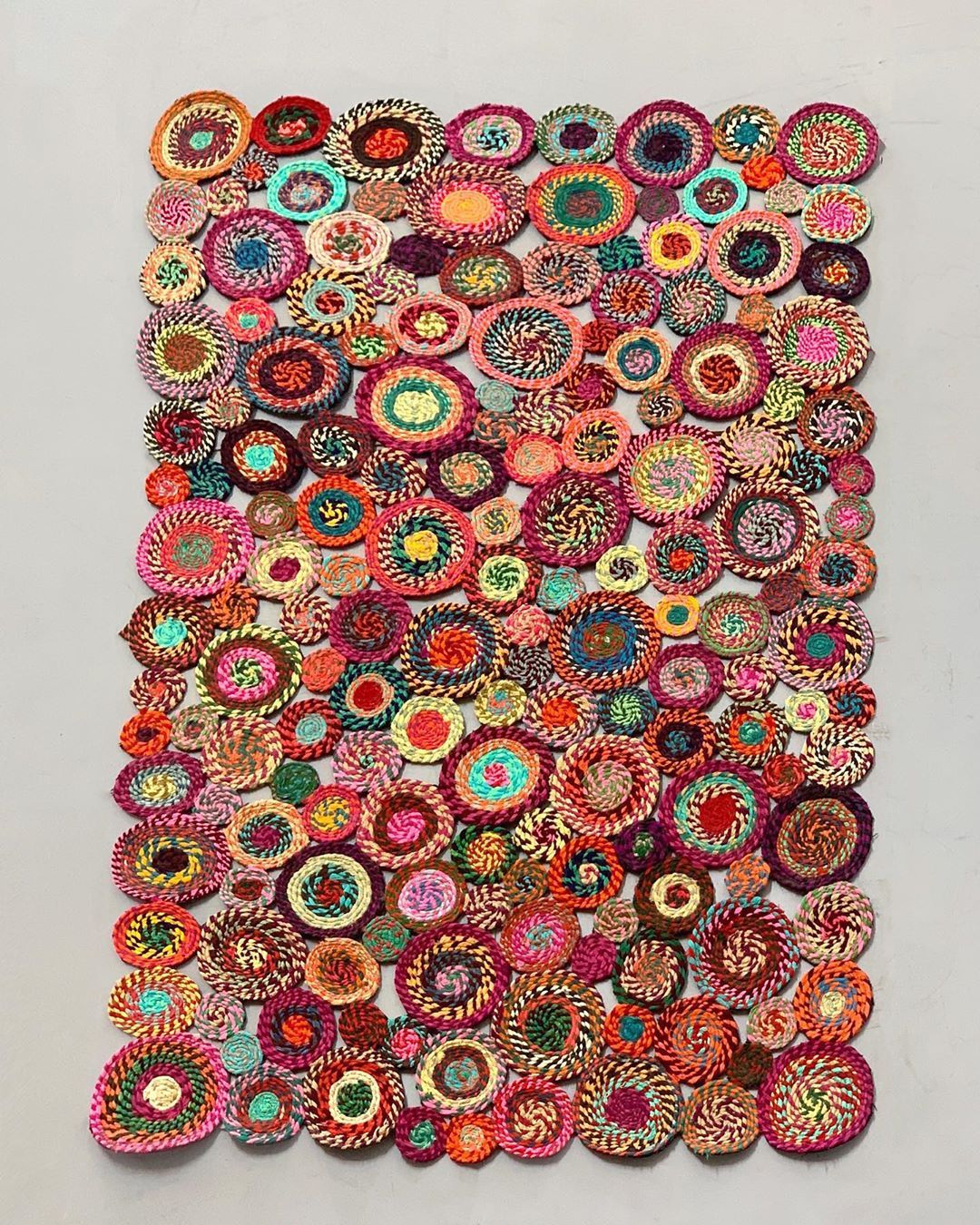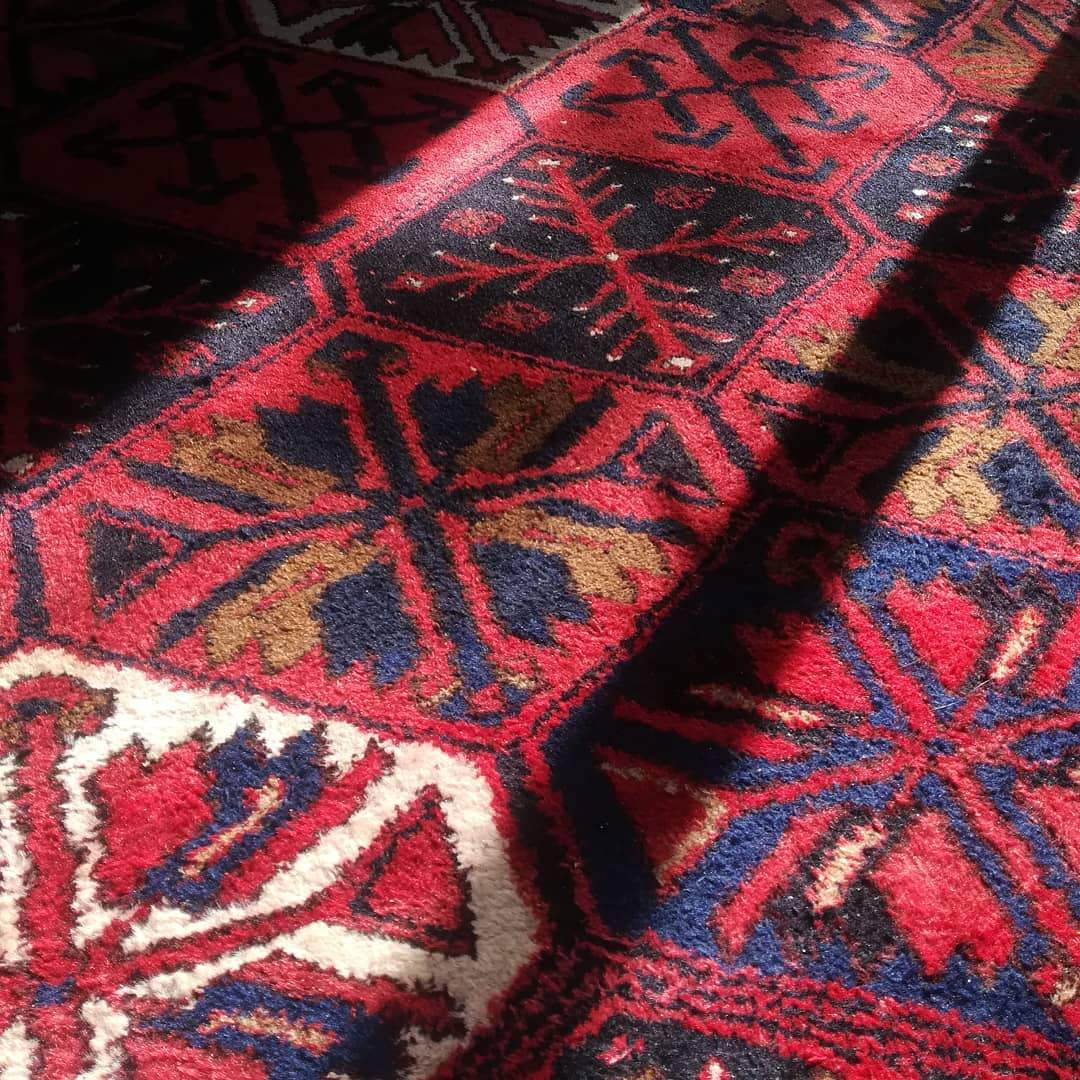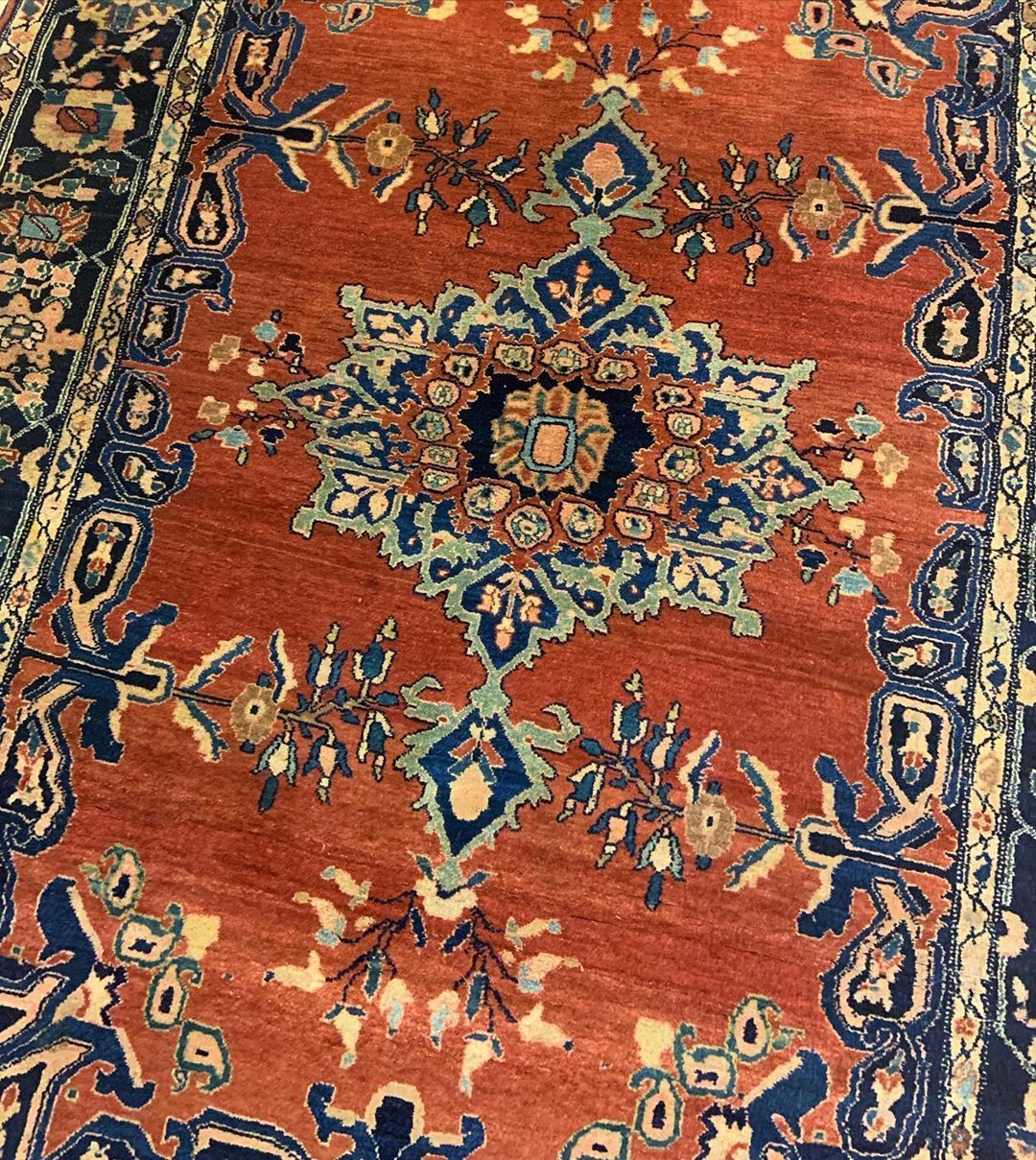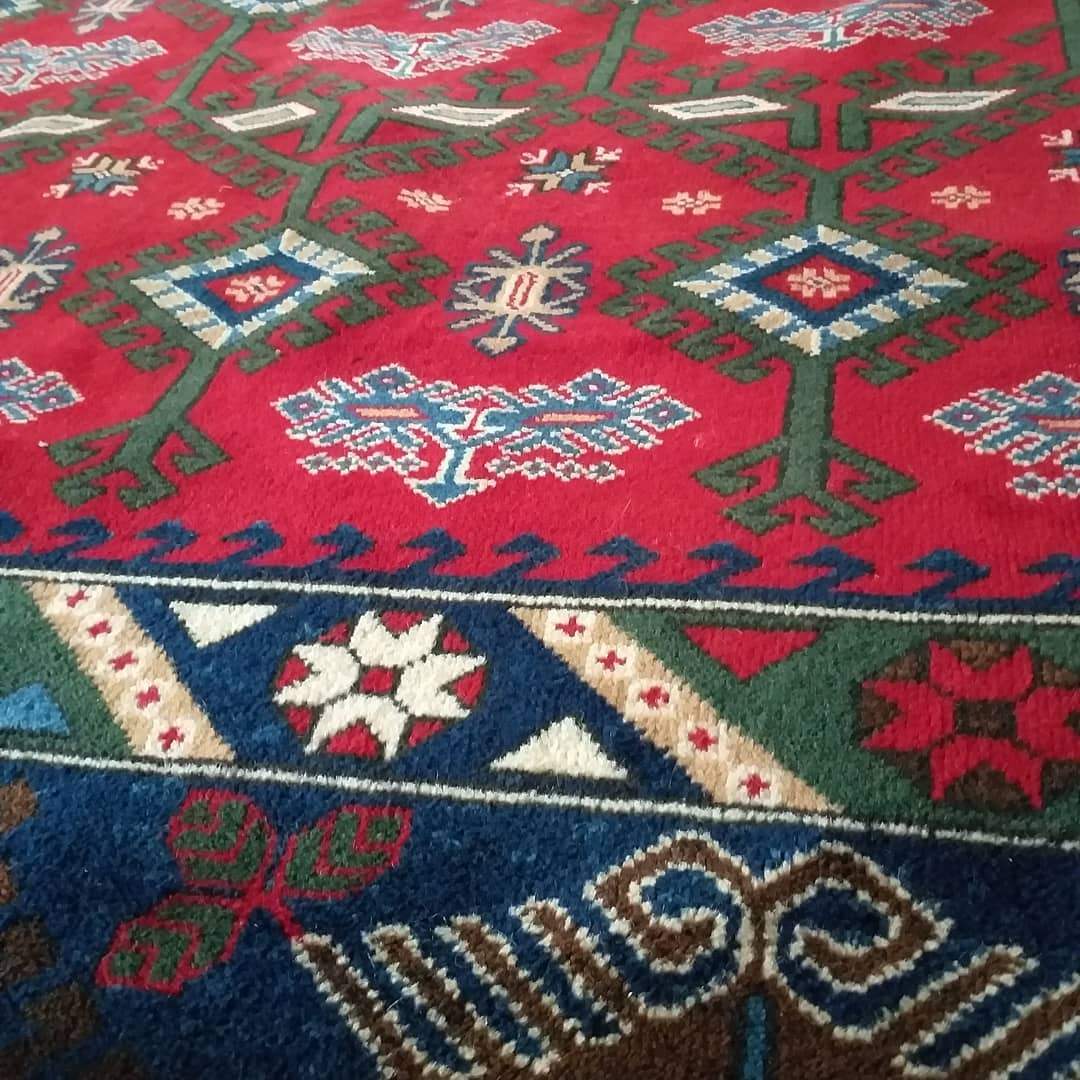How To Choose The Best Persian Antique Iran Tabriz Rugs
Persian Antique Tabriz rugs, with their vibrant colors, handwork, and motifs used in weaving, are one of the most important items used by people in their homes in recent years.
The magnificent poetry tradition found in the Persian culture, the most beautiful songs, and the passionate red color of the wine are embroidered on the Persian carpets as an undeniable fact. If you notice that these motifs are successfully embroidered on the rug, you have chosen the best Persian Antique rug carpet.
What Are The Features Of Persian Antique Tabriz Rugs
Persian Antique Tabriz Rugs are produced with wool silk, which is very valuable. They are usually woven with Persian knot techniques. In addition, coloring processes used on the motifs are made with vegetable dyes.
The process from production to distribution can be completed with the labor of people. The reason why the Persian carpet is so valuable is that all of these features are prepared as a result of labor.
Why Persian Antique Tabriz Rugs Are So Expensive
Successful processing of Persian culture on Persian Antique Tabriz Rugs makes the price of these products expensive.
Even in their oldest models, they become the most valuable carpets in the world by using the highest quality motifs and embroidering on the most vibrant colors.
Persian people have embroidered motifs from their traditions on these carpets produced for centuries and succeeded in successfully conveying their own lifestyles to customers.
Finally, it is worth noting that Iranian people’s superior labor is the most important factor determining the price of these carpets.

